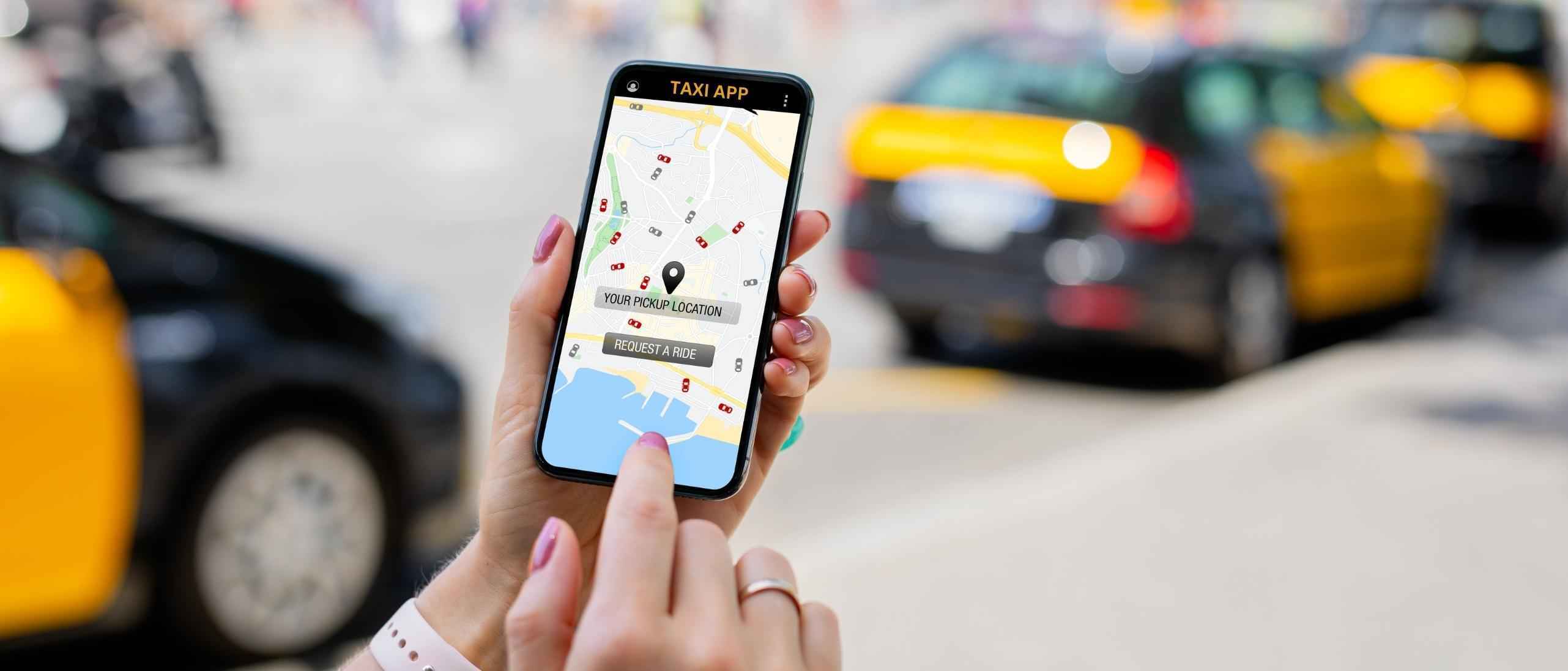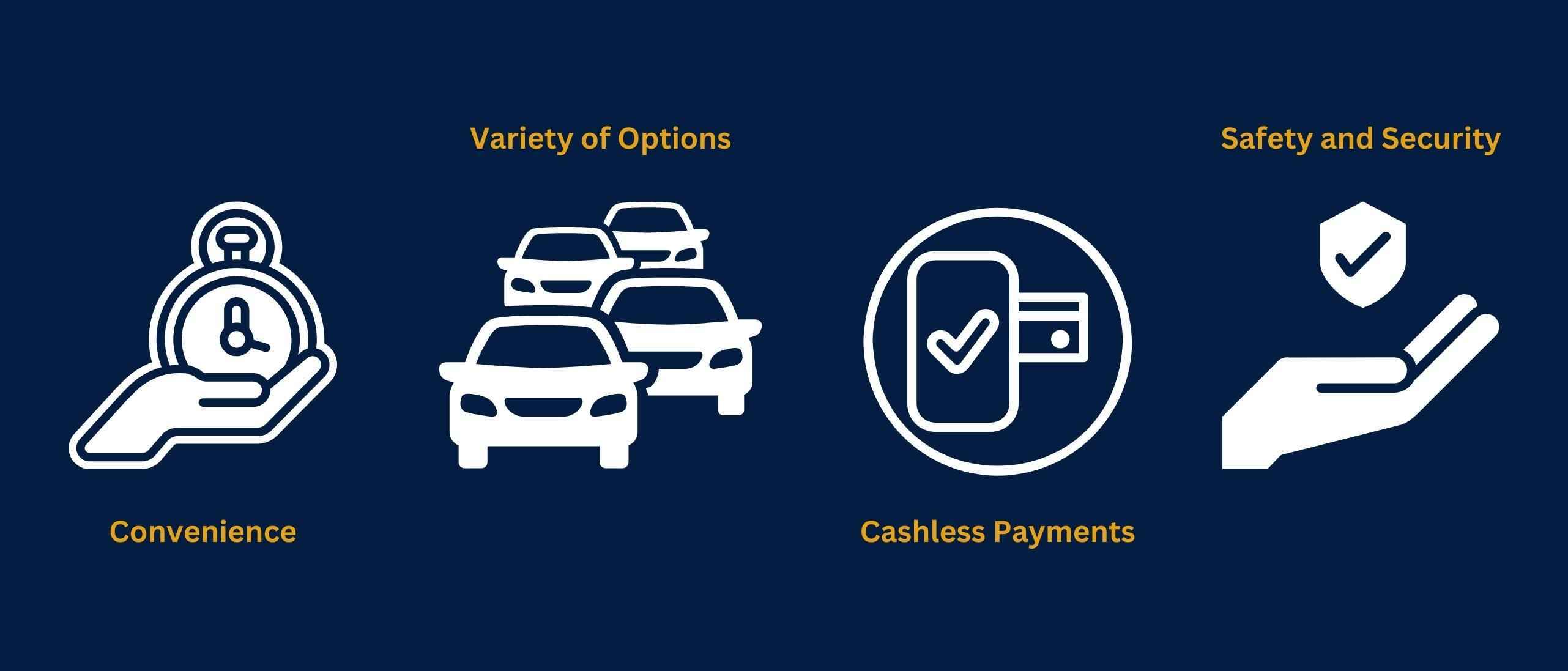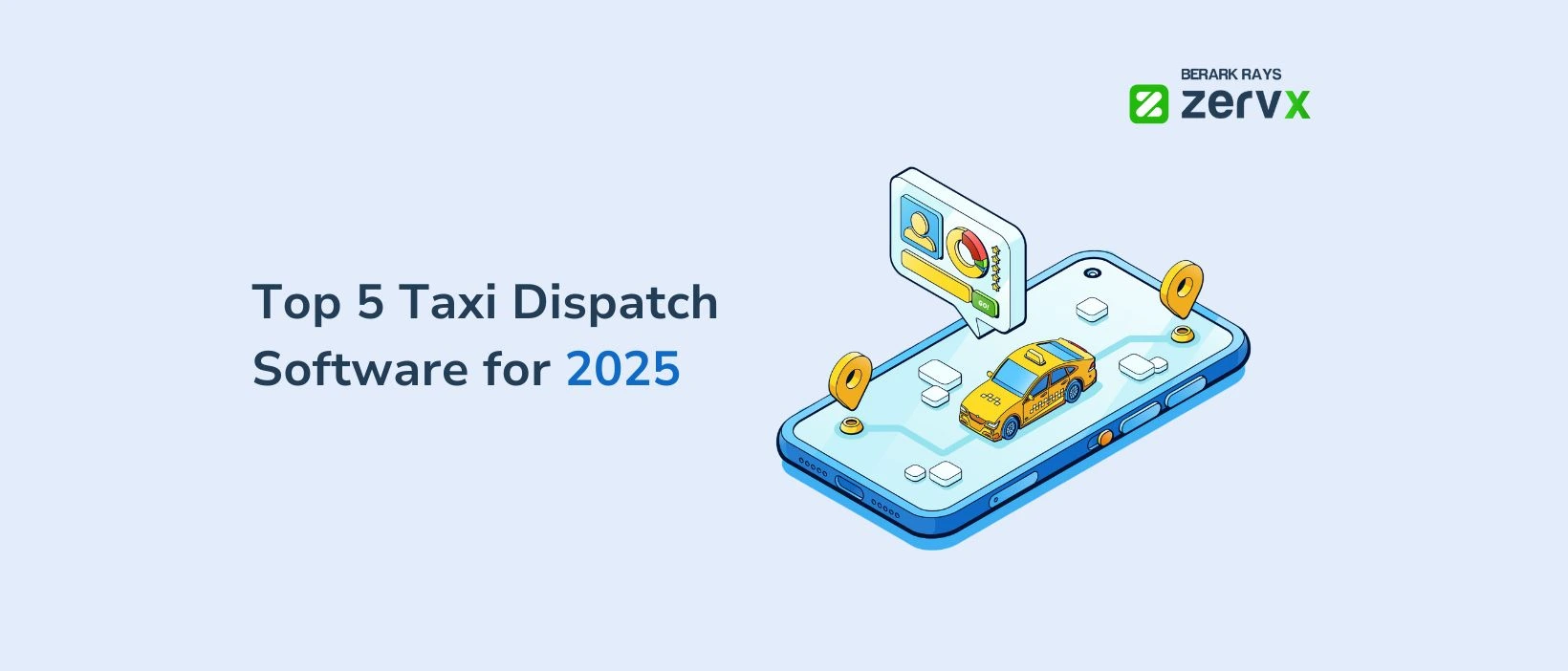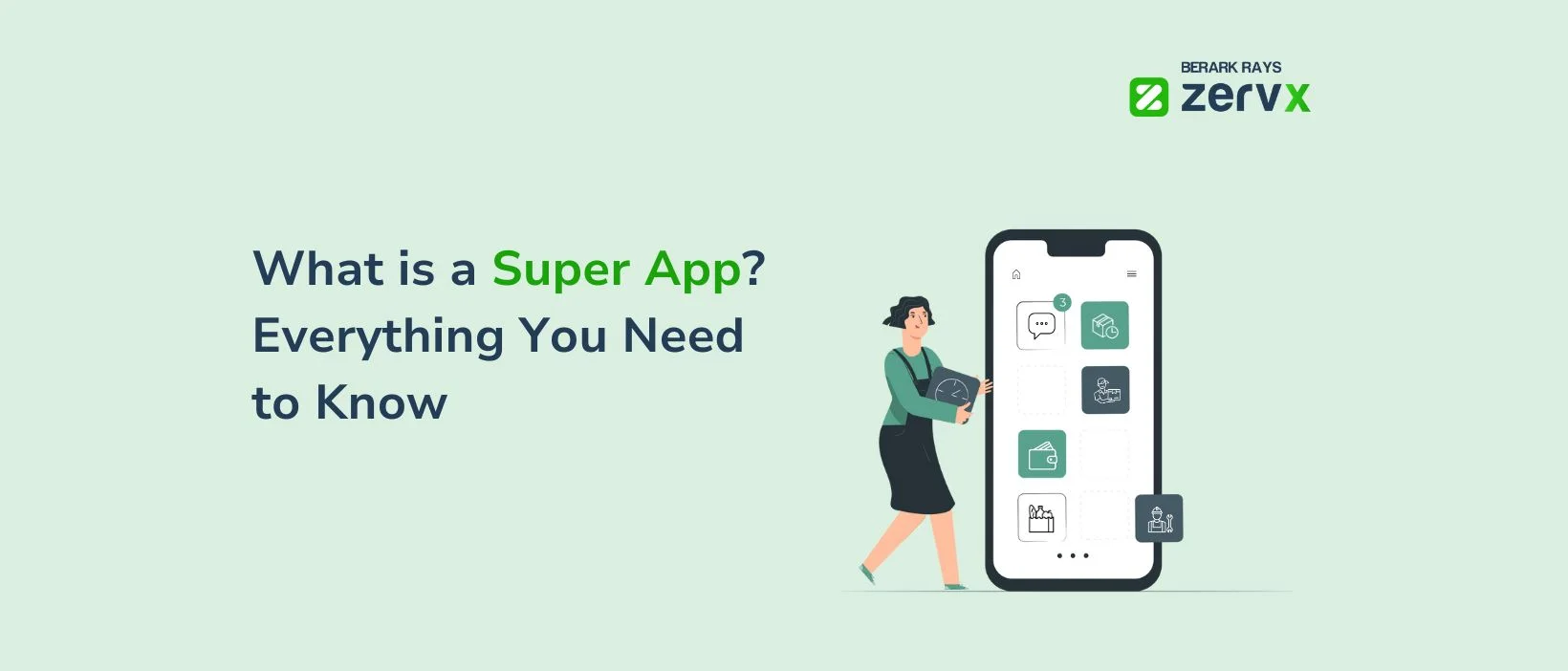Top 5 Best Reliable Taxi Dispatch Software for 2025
As the taxi industry continues to evolve, businesses are seeking efficient ways to manage their operations, improve customer satisfaction, and increase revenue.
John Sibin Raj
Sep 19, 2024The advent of taxi apps has transformed urban transportation, providing riders with convenient and affordable services. These apps have not only made hailing a cab easier but also revolutionized the way people travel in cities.
Let's explore the impact of taxi apps on urban transportation and understand the benefits they bring.

The taxi app is a smartphone application that allows users to order and pay for a taxi without having to hail one on the street. The first of its kind was Uber, which launched in 2009. Since then, Lyft, and other companies have followed suit.
Taxi apps have been a boon for urbanites who often find themselves in situations where hailing a cab is difficult, if not impossible. They've also been great for people who are new to a city or unfamiliar with its streets.
But beyond convenience, these apps have also had a profound impact on urban transportation. They've helped to reduce traffic congestion and pollution, and have made it easier for people to get around without owning a car.

If you've ever taken a taxi, you know the drill. You hail a cab, get in, and tell the driver where you're going. The driver then turns on the meter, and you're off!
But what if there was a better way? What if you could use your smartphone to hail a cab and pay for the ride, all without ever having to talk to the driver?
That's where taxi apps come in. Taxi apps like Uber and Lyft are changing the way people get around cities. With a few taps on your smartphone, you can order a car to pick you up and take you to your destination.
But how do these apps work? Let's take a closer look.
When you open up a taxi app, the first thing you'll need to do is enter your location. The app will then use your phone's GPS to find nearby drivers. Once the app has found a driver, it will give you an estimate of how long it will take for the driver to reach you.
Once you've hailed a driver, you can track their progress on the map in the app. This way, you will know exactly when they're going to arrive.
When the driver arrives, they will confirm your destination and then start the meter. You will be able to see the fare adding up in real-time in the app. And when you arrive at your destination, the app will automatically charge your credit card and give the driver a tip (if you choose to add one).
It's really that simple! With a taxi app, you can say goodbye to hailing cabs and haggling over fares. Just enter your destination, sit back, and relax until you arrive at your destination.

Taxi apps offer several advantages, each catering to different needs. Uber, for example, provides a quick and cost-effective ride with transparent upfront pricing, which is useful when budgeting. Lyft is known for its friendly drivers and affordability, while TaxiApp offers a more traditional taxi experience with the convenience of digital payments. Regardless of the choice, these apps have made taking a taxi much simpler and hassle-free.Let's explore these advantages in more detail
One of the significant benefits of taxi apps is the convenience they offer. With just a few taps on your smartphone, you can request a ride from anywhere at any time. Taxi apps eliminate the need for physical effort and waiting times by bringing the cab directly to you.
Taxi apps provide upfront pricing, allowing you to know the cost of your ride before you even book it. This feature is particularly helpful for budget-conscious travelers or those looking to plan their expenses more effectively. You can see the estimated fare based on your chosen destination, ensuring that there are no surprises when it comes to payment.
Different taxi apps offer a variety of options to cater to individual preferences. For example, Uber provides a range of services, including economy cars, luxury vehicles, and even shared rides. Lyft focuses on affordable rides and promotes a friendly and engaging experience. These options allow riders to choose the service that best suits their needs and comfort.
Taxi apps prioritize safety and security for both passengers and drivers. The drivers undergo a vetting process, including background checks, to ensure a reliable and trustworthy experience. Additionally, the apps provide features like driver ratings and feedback, giving riders the opportunity to choose drivers with a good track record. The ability to share trip details with friends and family adds an extra layer of security.
Many taxi apps facilitate cashless payments, eliminating the need to carry physical currency or worry about having exact change. You can link your debit or credit card to the app, making the payment process seamless and hassle-free. Digital payment options also provide a record of your transaction, adding transparency and accountability to the process.
The rise of taxi apps, led by platforms like Uber and Lyft, has had a profound impact on the traditional taxi industry. The convenience, affordability, and ease of use offered by app-based ridesharing services have attracted a large customer base, leading to a shift in consumer preferences and behaviors.
For traditional taxi drivers and companies this disruption has posed challenges in adapting to the changing landscape. Many have struggled to compete with the convenience and lower prices offered by taxi apps. The traditional taxi model, with dispatchers and street hails, has faced significant competition from the seamless, on-demand experience provided by app-based services.
As a result, some traditional taxi drivers and companies have protested against the rise of taxi apps, arguing that it has affected their livelihoods. In some cases, there have been instances of hostility and conflicts between taxi drivers and rideshare drivers. These tensions highlight the impact and transformative nature of the emerging industry.
The traditional taxi companies have had to grapple with the need to modernize their operations and adopt technology to remain competitive. Many have invested in developing their own apps or partnering with existing app-based platforms to retain customers and improve their services.
Overall, while the rise of taxi apps has presented challenges for traditional taxi drivers and companies, it has also created new opportunities and expanded transportation options for the public. The industry continues to evolve as various stakeholders find ways to navigate this transformative period, ultimately shaping the future of urban transportation.
Final Words
Taxi apps have brought a wave of change to urban transportation, revolutionizing the way people travel in cities. With convenience, safety, affordability, and efficient time management, these apps have made hailing a cab easier than ever before. While the industry's growth has posed challenges to traditional taxis, it has also provided benefits to drivers and passengers alike. In summary, taxi apps have transformed urban transportation, making it more accessible, efficient, and enjoyable for everyone involved.
Blog

As the taxi industry continues to evolve, businesses are seeking efficient ways to manage their operations, improve customer satisfaction, and increase revenue.
John Sibin Raj
Sep 19, 2024
What if there was one app that you could use for shopping, booking rides, messaging your friends, paying bills, and taking care of your money? Sounds convenient, right?
John Sibin Raj
Oct 16, 2024
Life in the 21st century is undeniably busy. In tandem, the ever-evolving digital landscape is catering to these dynamic lifestyles by offering solutions that unite various different services into one single platform. These are famously known as super apps.
John Sibin Raj
Mar 28, 2024